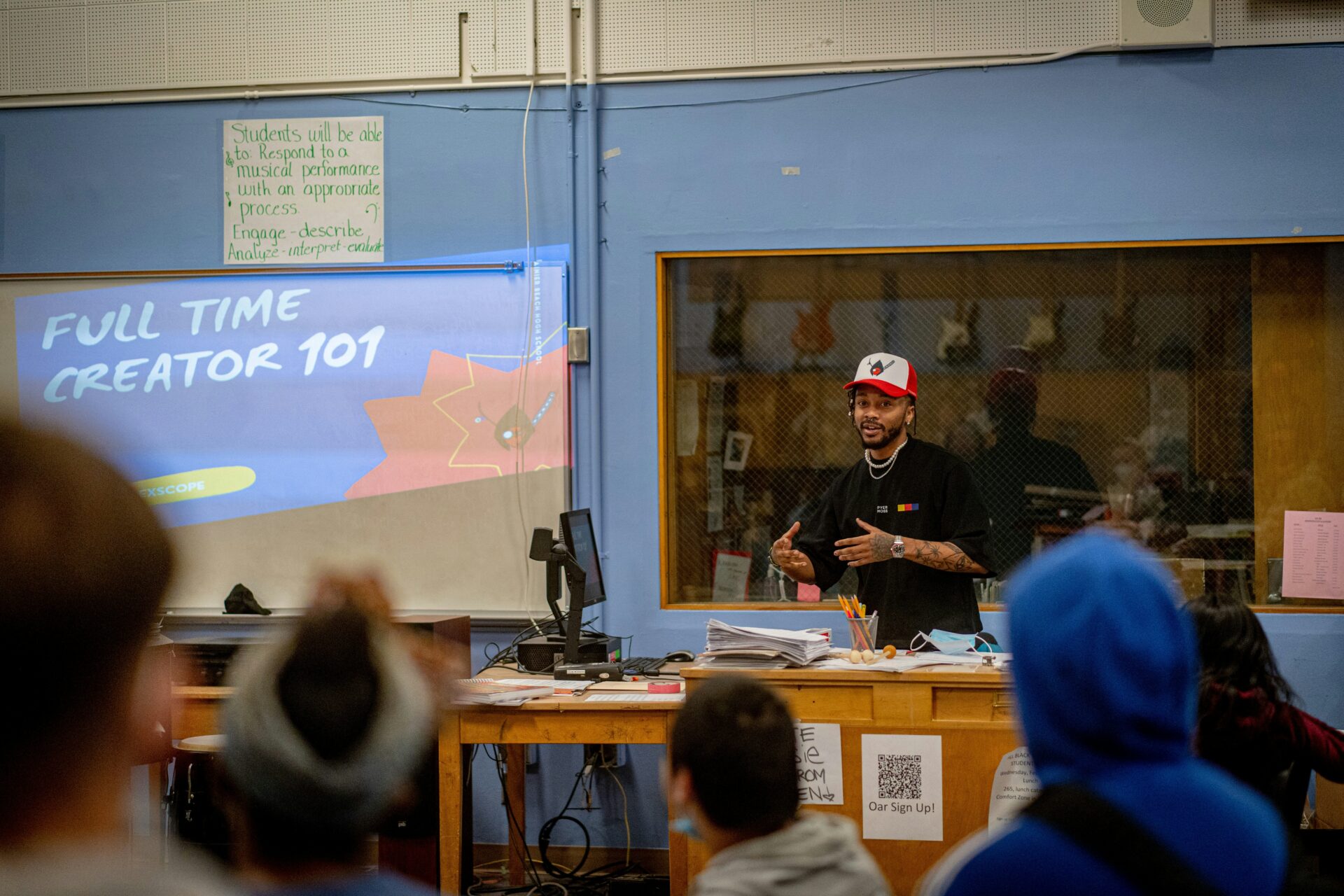Co-authored with Rosemary Scott, MEd.
The first weeks of school are a swirl of name games, seating charts, and peanut allergy alerts. Teachers are also quietly piecing together who your child is—what motivates them, what trips them up, and how to connect.
As a parent, you have insights that could take a teacher months to figure out. But here’s the challenge: how much do you share, and when?
Too little, and your child may struggle longer than necessary. Too much, and important details can get lost in a flood of information.
Why Parent–Teacher Communication Matters
Research in the Journal of Educational Psychology shows that parent–teacher communication in the first month of school predicts higher student engagement, fewer behavioral concerns, and stronger academic performance—especially when communication is collaborative rather than reactive (Hughes & Kwok, 2007).
The National Association of School Psychologists (NASP) emphasizes that parents are the most consistent figures in a child’s educational journey. Teachers see students in one context; parents see the full picture. When those perspectives combine, interventions can be more targeted and effective.
What to Share Early
1. Learning Profiles
- Diagnoses that impact learning (ADHD, dyslexia, autism, anxiety disorders).
- What has helped in the past—preferably in bullet points.
- How your child best takes in information (visual, verbal, hands-on).
- Preschool history—other centers, grandparents, daycare, or home with parents.
- Persistence: easily frustrated or keeps trying?
- Do they self-advocate?
2. Triggers and Supports
- Sensory sensitivities (noise, light, texture).
- Transitions or tasks that are historically difficult (lining up, group work).
- Strategies that have worked at home or in past classrooms.
- Favorite snacks.
- Visual cues that give the teacher a ‘heads up.’
3. Strengths and Interests
- Topics your child loves and can talk about for hours.
- Skills that build confidence (great with animals, strong memory, athletic ability).
- Even quirky strengths—teachers can use these as connection points.
4. Non-Academic Context
- Changes at home that might impact school readiness (move, new sibling, family illness).
- After-school responsibilities (sports, caregiving for a sibling) that affect homework capacity.
What NOT to Overload Teachers With in September
- Minute-by-minute histories: Teachers don’t need the entire intervention timeline.
- Unfiltered frustrations with past teachers or schools: Keep the focus forward.
- Overly clinical language without context: “He has sensory integration dysfunction” means more when paired with, “He benefits from a short break before assemblies.”
How to Frame It Collaboratively
The American Psychological Association notes that teachers respond best to solution-oriented communication rather than lists of problems (APA, 2021). Try framing your input as:
“Here’s what has helped in the past, and I’d love to hear your ideas for this year.”
“She sometimes gets overwhelmed in noisy settings. In the past, letting her step into the hallway for 2–3 minutes has helped her return ready to work.”
This invites partnership rather than prescription.
When to Share Sensitive Information
Some details—such as a new mental health diagnosis, family crisis, or significant behavioral changes—are worth sharing even if they feel private. JAMA Pediatrics (2016) highlights that early disclosure of major stressors allows educators to offer appropriate accommodations, monitor well-being, and prevent unnecessary disciplinary action.
If you’re concerned about privacy, you can request that information be kept between the teacher, counselor, and principal.
A Simple Parent “Prep Sheet” Template
You can adapt this to one page for each child:
- Name + Pronunciation
- Pronouns
- Strengths/Interests
- Learning Needs
- Supports That Help
- Current Concerns/Watch Areas
- Best Way to Reach Me
This reduces the chance of overwhelm for the teacher and keeps critical info front and center.
The Bottom Line
Sharing about your child isn’t about micromanaging the classroom—it’s about giving your child’s teacher the tools to help them thrive.
When you frame communication as “Here’s what’s worked before, and I’m open to your ideas,” you signal trust, partnership, and respect. And that trust doesn’t just make life easier for teachers—it directly benefits your child.
Because when home and school are in sync, kids get more than an education. They get a community that sees them, supports them, and believes in them.

